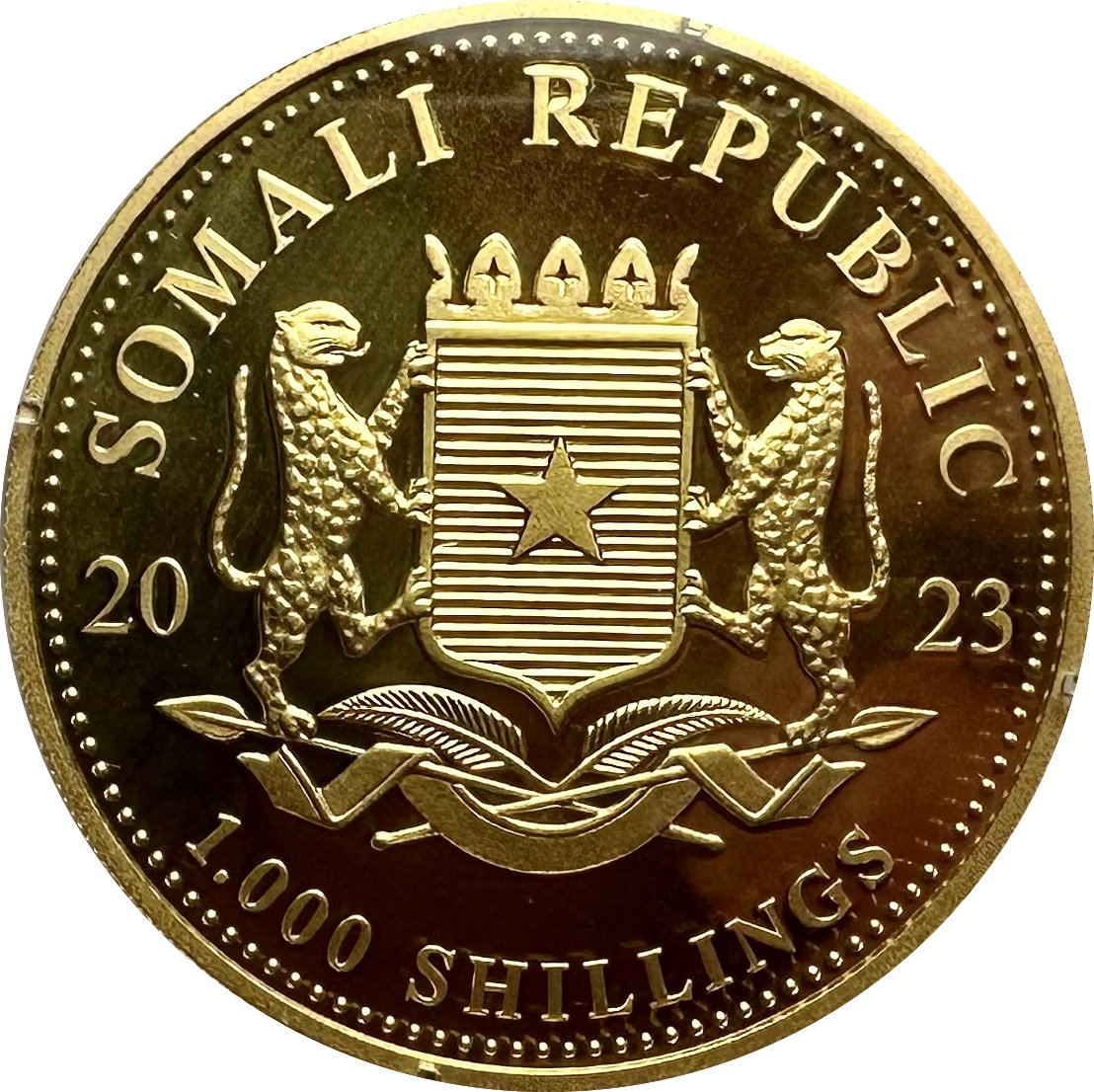- cross-posted to:
- astrophotography
- cross-posted to:
- astrophotography
Went to visit my in-laws and and took advantage of their dark skies and (fairly) new moon. I wanted to shoot other targets throughout the night but fog or clouds came in every night around midnight. Overall I’d consider this image an improvement from my first attempt at M33 back in 2018.
This image was taken with a monochrome camera through filters for luminance (all visible light), red, green, blue, and Hydrogen-alpha (656nm), which were combined into a true color image. The Hydrogen-alpha was combined with the RGB data (described below) to enhance the hydrogen nebulae in the galaxy (all the pink splotches in the spiral arms). Captured on October 8-10, 2021 from a bortle 4 zone (Ha data from my bortle 6 driveway on the 12th).
Places where I host my other images:
-
TPO 6" F/4 Imaging Newtonian
-
Orion Sirius EQ-G
-
ZWO ASI1600MM-Pro
-
Skywatcher Quattro Coma Corrector
-
ZWO EFW 8x1.25"/31mm
-
Astronomik LRGB+CLS Filters- 31mm
-
Astrodon 31mm Ha 5nm, Oiii 3nm, Sii 5nm
-
Agena 50mm Deluxe Straight-Through Guide Scope
-
ZWO ASI-290mc for guiding
-
Moonlite Autofocuser
Acquisition: 11 hours 53 minutes (Camera at Unity Gain, -15°C)
-
Lum - 103x180"
-
Ha - 16x300"
-
Red - 36x180"
-
Green - 36x180"
-
Blue - 36x180"
-
Darks- 30
-
Flats- 30 per filter
Capture Software:
- Captured using N.I.N.A. and PHD2 for guiding and dithering.
-
BatchPreProcessing
-
SubframeSelector
-
StarAlignment
-
Blink
-
ImageIntegration
-
DrizzleIntegration (2x, Var β=1.5)
-
DynamicCrop
-
DynamicBackgroundExtraction
Luminance:
-
EZ Decon + Denoise
-
ArcsinhStretch + histogramtransformation to bring nonlinear
RGB:
-
ChannelCombinaiton to combine monochrome R, G, B stacks into color image
-
PhotometricColorCalibration
-
SCNR green
Adding Ha:
I followed this tutorial which does a great job explaining how to isolate and enhance just the Ha signal
http://www.arciereceleste.it/tutorial-pixinsight/cat-tutorial-eng/85-enhance-galaxy-ha-eng
- PixelMath to make Clean Ha. This effectively isolates just the Ha regions from the red continuum spectrum
Ha-Q * (Red-med (Red))
Q=0.08
-
PixelMath to combine Clean Ha
-
PixelMath to add Ha to RGB image ($T)
R= $T+B*(Ha_Clean - med(Ha_Clean))
G= $T
B= $T+B*0.2*(Ha_Clean - med(Ha_Clean))
B=3
HaRGB:
-
HSV Repair
-
ArcsinhStretch + histogramtransformation to bring nonlinear
Nonlinear:
-
LRGBCombination with nonlinear L as luminance
-
LRGBCombination again with galaxy masked, chrominance noise reduction applied to background
-
HistogramTransformation to lower black point
-
ColorSaturation to slightly desaturate Ha regions (clean Ha mask used)
-
Shitloads of CurveTransformations to adjust lightness, contrast, colors, saturation, etc. (various masks used)
-
LocalHistogramEqualization
-
ACDNR
-
Extract L channel > LRGBC again for chrominance noise reduction in the galaxy itself
-
EZ StarReduction
-
NoiseGenerator to add noise back into reduced stars
-
More Curves
-
Another round of LHE, smaller kernel radius this time
-
Even more curves
-
DynamicCrop to 16:9 aspect ratio
-
Resample to 60%
-
Annotation
Always so happy to see your posts! Thank you for sharing, and inspiring new astro photopgrahers.
Glad you like them!
-


